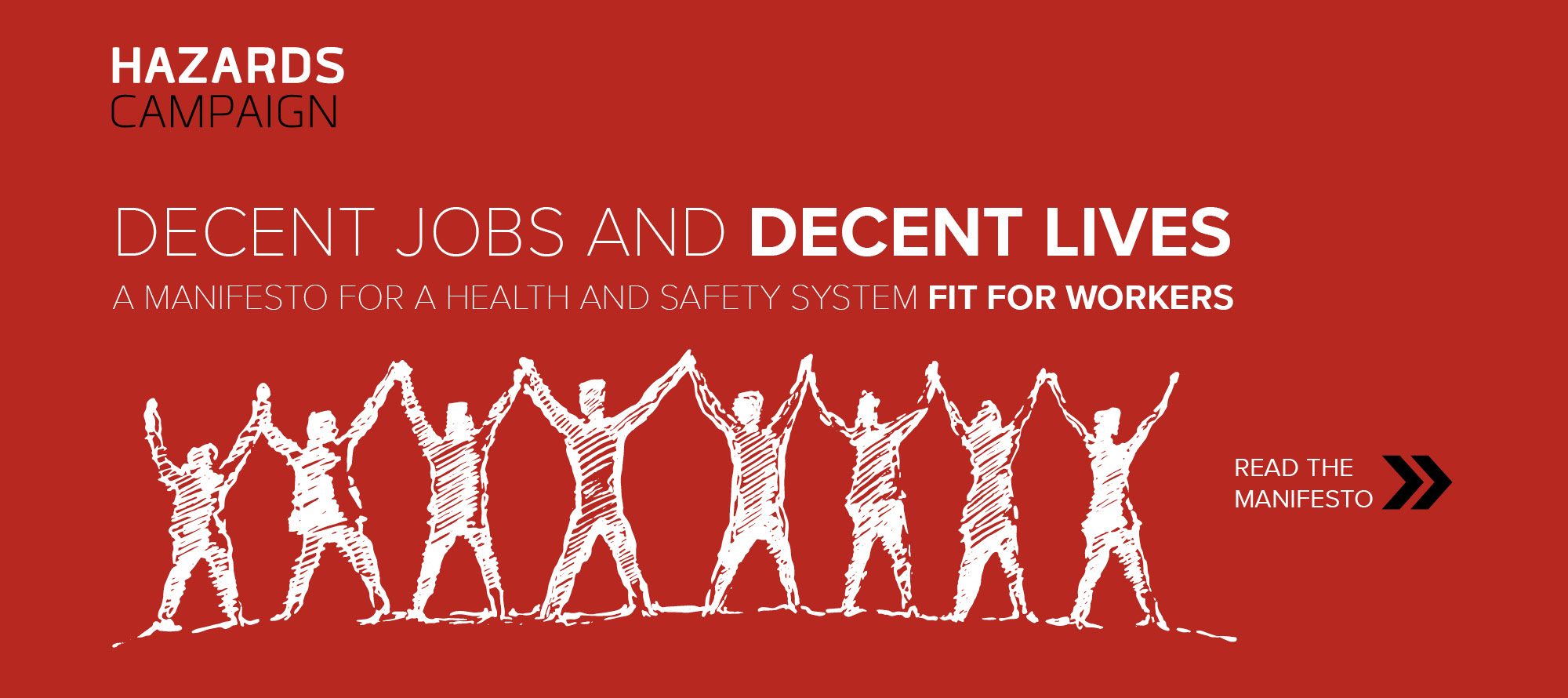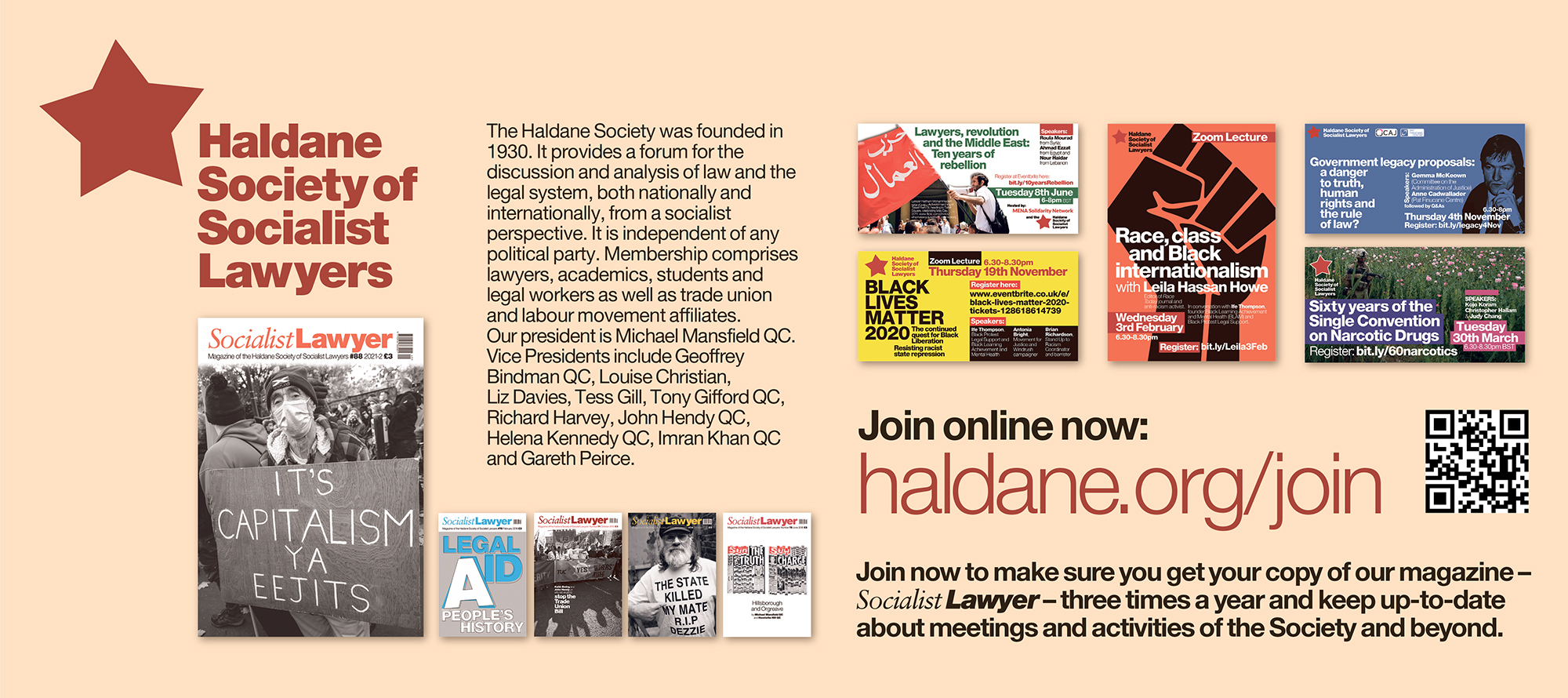Does the model need fixing? Adapting organized labour and trade unions for the 21st century
22 June 2015 James Wold, second year law student at Marquette University in Milwaukee The Industrial Revolution brought with it two key elements that carry on today – the defining of education standards and the establishment of trade unions. At one time, both were considered pillars of achievement throughout the 19th and much of the 20th century. By the 1840s, England had nearly 700 grammar schools and more than 2,000 endowed schools.1 However, both institutions are threatened by external forces which threaten to undermine their very existence.
22 June 2015
James Wold, second year law student at Marquette University in Milwaukee
The Industrial Revolution brought with it two key elements that carry on today – the defining of education standards and the establishment of trade unions. At one time, both were considered pillars of achievement throughout the 19th and much of the 20th century. By the 1840s, England had nearly 700 grammar schools and more than 2,000 endowed schools.1 However, both institutions are threatened by external forces which threaten to undermine their very existence.
Education is “seemingly failing” in the United States because of standardization testing where a number is assigned to a teacher based on how well they get their students to pass a national test. In the United Kingdom, schools are classified in leagues based on their academic performance by monitoring how many A’s and B’s are given out. While both have their benefits, including seeing trends on a macro level, there’s one significant drawback. Young pupils and older students do not in a one-size fits all box. While globalization allows pupils to explore their world at their own pace, creativity and independence of thought is sacrificed for an answer that must be found in a book. If a student is distracted (at least in the United States), give them a focus pill to help them stay on task.
Here in London for a law school placement, I’ve had the fortune to work with Unite the Union in their education department to see how it deals with education of union workers, especially migrant workers. Rather than trying to give them a full education, the United Migrant Workers Education Program (UMWEP) tries to deal with giving migrant workers (and workers in general) a chance to gain an education by learning basic English for communication, some art as well as basic IT skills so workers can communicate with family back home. It’s not a traditional education program, but one that affords workers the chance for one important thing. It gives them the freedom to choose their own path (and the chance to further their education if they choose to). It is not a traditional education program in many ways, but it has adapted the core principle of education to provide opportunities for those who normally would not have that chance.
In the same view, I wonder if trade unions are caught in the middle between what has worked in the past and how the 21st century operates. By the late 1960s and extending into the early 1970s, unions were a dominant force with strong membership and support within both the United States and the United Kingdom. But, something changed in the late 1970s and into the 1980s. While I experienced Ronald Reagan, the Christian coalition and trickle-down economics in the United States, the United Kingdom had Margaret Thatcher and the eroding of trade union power. At the same time, the globalization of the world’s economy started growing exponentially and in much different areas than before. According to the Century Foundation, “joining a union at work is decidedly last century – clunky, contentious, confusion.”2
Furthermore, there’s a new threat and it’s coming from my generation and younger. Young workers are the “distracted” and “me” generation. We were handed all the toys and electronic equipment that we wanted and sat in front of the television distracted by hundreds of cartoons. We were the generation of me – “I deserve this, I want this.” We rarely had to fight for anything and everything is supposed to be handed to us without any question. Additionally, we were told that unions were “taking away our right to a good job.” Finally, the word “we” and “collective” are seen as the same type of dirty words as the late, great comedian George Carlin used in his famous comedy sketch – the seven dirty words you can’t say on television. 3 The facts are there that joining a labour union is one of the best financial decisions – money in pocket and other benefits – that an individual worker can choose to do. 4
So, what can be done? The Century Foundation (tcf.org) recently came out with an intriguing idea in the United States suggesting the idea of virtual labour. There was a recent change in the United States’ National Labor Relations Board that stated virtual labor organizing by employees can now be sanction by law.5
Many employees have concerns over blacklisting, feeling pressured to not join, suspended, fired or even deported by attempting to exercise a right to association.6 Union formation is usually intensive, centralized and requires outside labor union resources to increase the number of organizing drives. Virtual organizing could allow for innovation and work with a new platform that’s faster and simpler for workers to gain influence at their own work.7 It would help map an individual workplace so that key issues in each individual center could have their issues addressed while at the same time working within a larger collective. Additionally, it may provide for more communication and allow for greater anonymity so that people can voice issues without as much fear of repercussion.
Trade unions are still essential within the workplace as well as politically and I’m not advocating that they should be disregarded. What I am suggesting is that we have to ask ourselves tough questions, especially in light of the elections on both sides of the pond. Scott Walker, the Republican governor of Wisconsin (full disclosure, my home state in America), discussed how he was going to go after trade unions in 2011. He stated in a documentary that “The first step is we’re going to deal with collective bargaining for all public employee unions, because you use divide and conquer . . . That opens the door once we do that.”8
If conservatives want to divide unions in a physical sense, perhaps the alternative is to find a virtual battlefield with which to reorganize a worker’s right within the workplace.
1. Derek Gillard, Education in England: a brief history, Education in England, http://www.educationengland.org.uk/history/chapter02.html#03↩
2. Mark Zuckerman, Richard D. Kahlenberg, and Moshe Z. Marvit, Virtual Labor Organizing: Could Technology Help Reduce Income Inequality? The Century Foundation, June 10, 2015, at 1, available at http://apps.tcf.org/virtual-labor-organizing.↩
3. Timothy Bella, The ‘7 Dirty Words’ turns 40, but They’re Still Dirty, The Atlantic, May 24, 2012, http://www.theatlantic.com/entertainment/archive/2012/05/the-7-dirty-words-turn-40-but-theyre-still-dirty/257374/↩
4. Mark Zuckerman, Richard D. Kahlenberg, and Moshe Z. Marvit, Virtual Labor Organizing: Could Technology Help Reduce Income Inequality? The Century Foundation, June 10, 2015, at 3, Figure 2, available at http://apps.tcf.org/virtual-labor-organizing.↩
5. Id. at 1↩
6. Id. at 4↩
7. Id. at 5↩
8. Jason Stein and Patrick Marley, In film, Walker talks of ‘divide and conquer’ union strategy, Milwaukee Journal Sentinel, May 10, 2012, http://www.jsonline.com/news/statepolitics/in-film-walker-talks-of-divide-and-conquer-strategy-with-unions-8o57h6f-151049555.html↩




